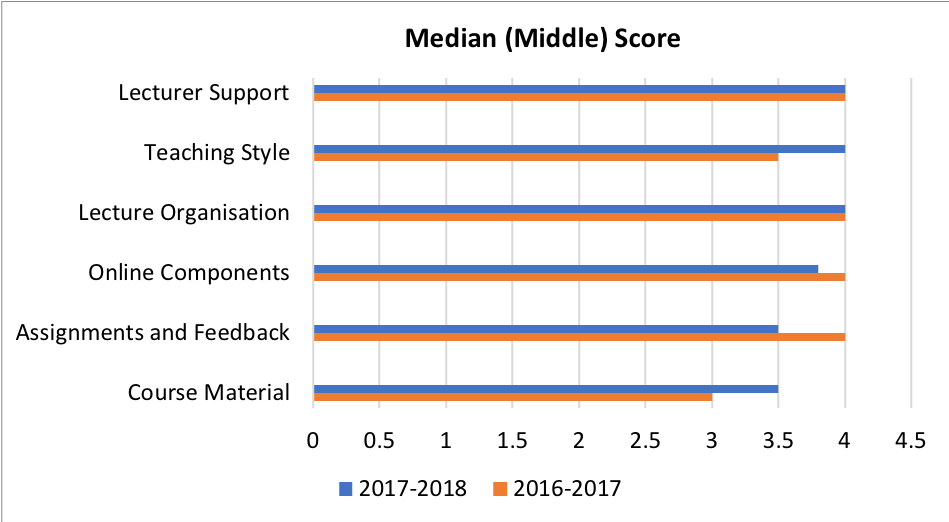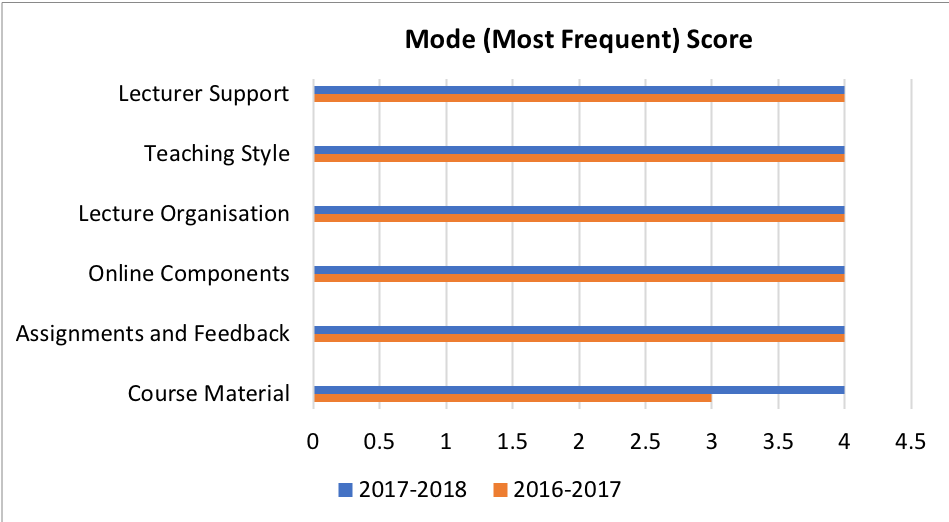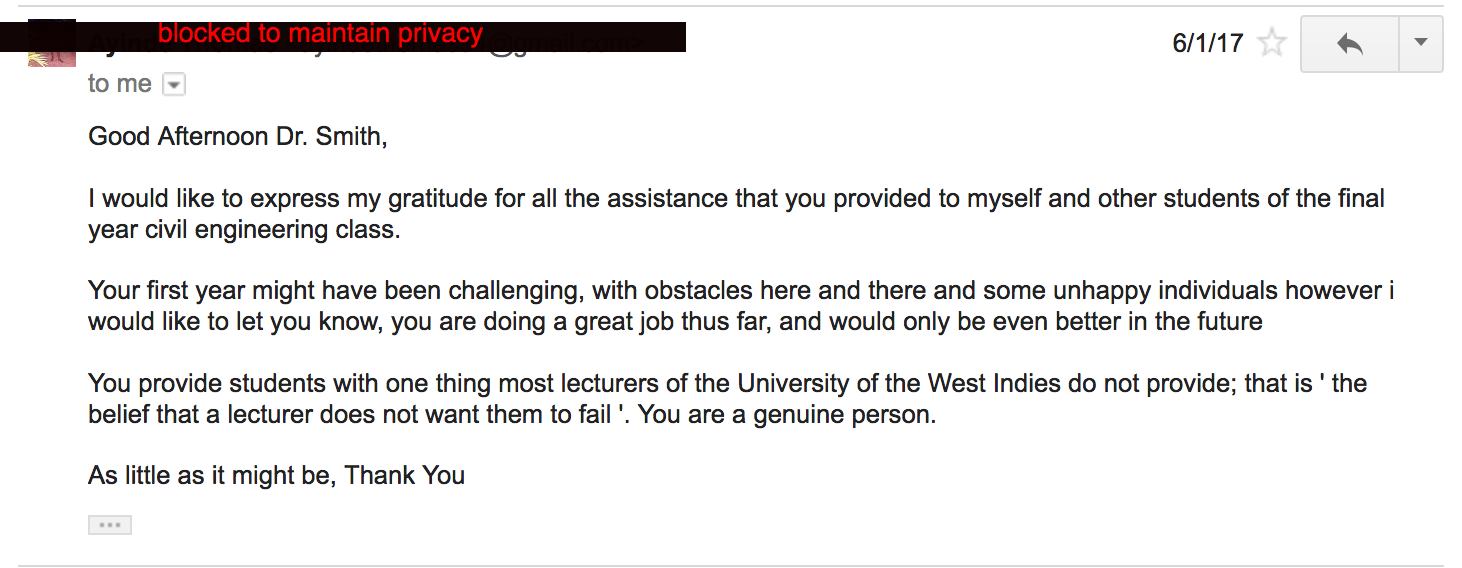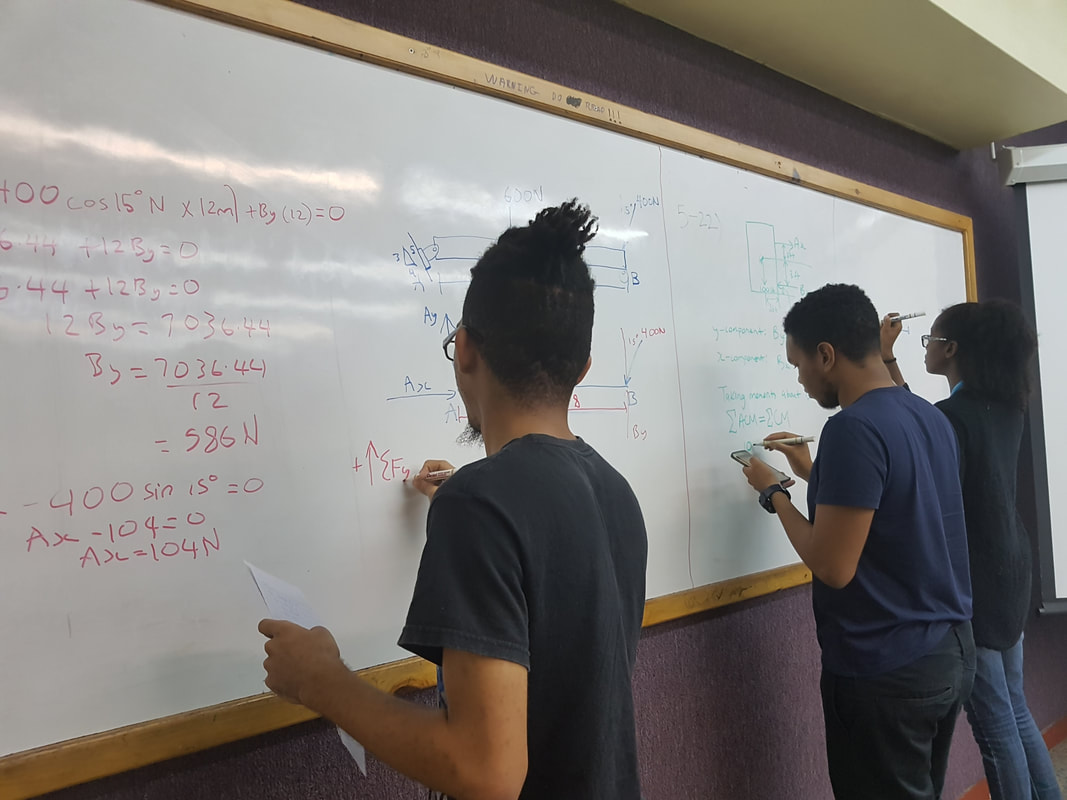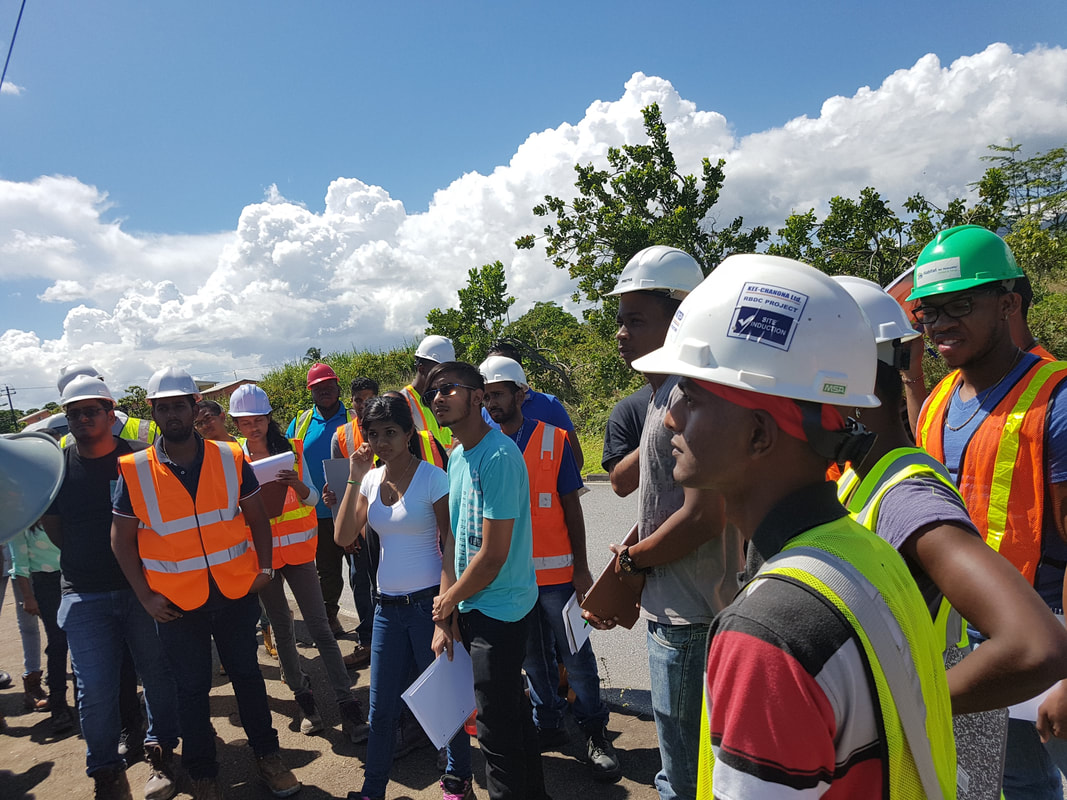Learning is not easily characterized. Many processes focus on the skill to learn, but how do you will students to learn. This is a question I frequently encounter during self reflection, and it is the reason my philosophy focuses on exploration with support to make impact.
The mind is a true super computer that can assimilate data subconsciously that will affect the conscious thought for years to come. How do you unlock such a puzzle? Scientists have analyzed various teaching and learning processes—behaviorism, constructivism, cognitive, surface, deep, flipped, etc—none of which is effective or appropriate 100% of the time. Each method has its influence and has been instrumental in achieving a particular purpose, and each has its limitations. There seem to be no exact secret ingredient, no je ne sais quoi, when it comes to teaching or learning, but rather to become aware of the various methods to be more equipped to handle the various preconceived notions and the general mood that exists in each classroom environment. This is a dynamic process that involves performing a task, analyzing the result, reflecting on improvements, and finally improving the process. Just as I teach, I want my students to go through the evolutionary process of learning. As a lecturer, I equip myself with educational tools, I assess and reassess continuously, and I stay flexible to apply appropriate methods to develop distinctive UWI graduates.
The mind is a true super computer that can assimilate data subconsciously that will affect the conscious thought for years to come. How do you unlock such a puzzle? Scientists have analyzed various teaching and learning processes—behaviorism, constructivism, cognitive, surface, deep, flipped, etc—none of which is effective or appropriate 100% of the time. Each method has its influence and has been instrumental in achieving a particular purpose, and each has its limitations. There seem to be no exact secret ingredient, no je ne sais quoi, when it comes to teaching or learning, but rather to become aware of the various methods to be more equipped to handle the various preconceived notions and the general mood that exists in each classroom environment. This is a dynamic process that involves performing a task, analyzing the result, reflecting on improvements, and finally improving the process. Just as I teach, I want my students to go through the evolutionary process of learning. As a lecturer, I equip myself with educational tools, I assess and reassess continuously, and I stay flexible to apply appropriate methods to develop distinctive UWI graduates.
Below you will find evidence of the effectiveness of my approach. Be sure to also check out my blog to see how my teaching evolved for my courses.
Teaching Award
UWI/Guardian Group Premium Teaching Award 2018 The theme was Innpvative Strategies for teaching Excellence in Lean Times
NSF GK-12 Fellow The focus of this award was to collaborate with students and teachers in K-12 education system in the USA. The purpose of the program was two-fold, to learn how to effectively communicate advanced topics, and to translate knowledge about new computational techniques to the classroom. I was very happy for this opportunity as I was able to change the face of the researcher for the next generation by my presence as a young woman of afro-caribbean ancestry. Also I was challenged further to plan my course lecturers specifically for an audience that is not in my field of research and expand my teaching skill. This skill have proven especially useful with bridging the gap with my year 1 students.
CUTL Honours Best Assessment Activity, Best ePortfolio, Most Dynamic Presenter
NSF GK-12 Fellow The focus of this award was to collaborate with students and teachers in K-12 education system in the USA. The purpose of the program was two-fold, to learn how to effectively communicate advanced topics, and to translate knowledge about new computational techniques to the classroom. I was very happy for this opportunity as I was able to change the face of the researcher for the next generation by my presence as a young woman of afro-caribbean ancestry. Also I was challenged further to plan my course lecturers specifically for an audience that is not in my field of research and expand my teaching skill. This skill have proven especially useful with bridging the gap with my year 1 students.
CUTL Honours Best Assessment Activity, Best ePortfolio, Most Dynamic Presenter
UWI-CETL Student Survey Evaluation
The UWI-CETL course and lecturer survey evaluations are the reports from students and based on a Likert scale. Firstly, in this analysis questions were grouped into 6 basic sections. To accurately analyze and summarize the results of this type of scale, it is inaccurate to use the mean since the average of a best and a worst score should not be reported as an average score, especially with extremely low student responses. Therefore the median (middle score of all scores), which mostly resembles a "mean" for the Likert scale, and the mode (most frequent score given) were analyzed. The courses that I solely lecture were analyzed using this approach.
The graphs below compares the results of the medians and modes for the past two years. This allows me to keep track of my progress. The general trend shows about a 4 out of 5 for most categories and improvement from year to year.
The graphs below compares the results of the medians and modes for the past two years. This allows me to keep track of my progress. The general trend shows about a 4 out of 5 for most categories and improvement from year to year.
The additional comments from students provided below are analyzed for improvement in the next class offering. You will notice that there are quite differing opinions on the same techniques. This is understandable as there are different styles that students prefer and while I switch styles some students prefer that I stick to their specific method of learning.
Student Appreciation
Peer Assessment
|
|
In this section, you will view actual reviews of my teaching from my colleagues. The first assessment clearly demonstrates my Socratic approach in lectures as outlined in my philosophy. Additionally, the peer reviewer got a sense of active student learning and continuous assessment methods I utilize.
|
|
|
The second peer reviewer also found the climate to be quite good, but the pace a bit fast. I do recognize this with some other student comments, and I plan to utilize more or a flipped classroom moving forward to allow time in class for more practice.
|
Teaching Methods
|
|
This is a podcast example of my fully blended online Mechanics course. Below you will find the course audio description. I like to use as many senses as possible while engaging students in the learning experience, to concretize the belief that learning is an everyday activity and it occurs in various forms. I hope that as they recognize this, they will gain the will power to push past the difficulties they may experience, and once they do they can achieve anything.
|
|
|
In addition to the podcast, I utilize discussion boards to help students see how the material can be applied to everyday life. This helps to train the thought process for the final video summative assignment.
|
|
|
Here is an example of a podcast utilized in my concrete design course module. Typically, I teach students using a model building and breaking it into smaller components that must be designed. However, I use a flipped model for this topic in the lecture series. This method works well as concrete design contains quite a lot of new material and methods, hence the monotony is avoided by having some online sessions.
The BOPPPS model is followed in the creation of all my podcasts. |
|
|
This review video was created as a supplement to the class lesson for those students that prefer this learning approach, or just missed some components in the course. It is a direct review of the topic, and I intentionally review the content a bit slower as it is more geared toward students that need the extra support. If many students approach me out of class about a topic, I also create review videos.
This method has been proven quite successful as students can pause, play, and review on their own time. |
|
Student tutorial is a major component of teaching and learning. The practice distills the insecurity students encounter with new topics and teaches them a process for solution that can also be applied to other topics. They find out if they really understand a topic, and they get a better sense of my examination writing style.
I prefer students to solve their solution on the board during our tutorial sessions. I have not done a study, but they seem to have better recollection when they solve the questions on the board. Also, they include steps that I may bypass that may be essential for their other classmates. |
|
Site visits are necessary to see beyond the classroom walls. There is nothing like experiencing the real thing, and as engineers I ensure students get the opportunity to visit sites, observe and ask questions. As a lecturer it is important to guide the path of the students and allow them to walk through.
|
A student provided the following audio review of my teaching methods.
Assessment Methods
If you did not learn, I can say that I successfully taught you, but I cannot mean it.
This phrase is clearly stated in my philosophy as it outlines the importance of assessment in the learning experience. Assessment is a major component of my teaching, as it allows me to recognize the impact of my teaching methods in attaining the overall learning objective. In addition to highlighting what may remain unclear after a lesson, assessment distills current teaching technologies, and outlines when it is appropriate to move the class to the next level. Assessment and feedback as intertwined and one ought not exist without the other. My preferred feedback method is highly dependent on elements like class size, originality in work, and self reflection on previous methods, all to improve the overall experience and accomplish the goal. Students just want to know what they did wrong and how to fix it. I try to structure feedback utilizing the PIPS model, which focuses on the solution versus the problem, to ensure that it motivates positive change.
This phrase is clearly stated in my philosophy as it outlines the importance of assessment in the learning experience. Assessment is a major component of my teaching, as it allows me to recognize the impact of my teaching methods in attaining the overall learning objective. In addition to highlighting what may remain unclear after a lesson, assessment distills current teaching technologies, and outlines when it is appropriate to move the class to the next level. Assessment and feedback as intertwined and one ought not exist without the other. My preferred feedback method is highly dependent on elements like class size, originality in work, and self reflection on previous methods, all to improve the overall experience and accomplish the goal. Students just want to know what they did wrong and how to fix it. I try to structure feedback utilizing the PIPS model, which focuses on the solution versus the problem, to ensure that it motivates positive change.
|
The audio file demonstrates one approach I have utilized for feedback on formative assessments. Fortunately, a student provided a review of this method shown below.
|
" I appreciate the feedback and the time taken to provide this feedback. It was very valuable. I like the scoring system as it lets me know the quality of my work overall (whether excellent, good etc.). So too the fact that you spoke about the aspects of my assignment that were correct and not only what needs to be improved was great as I now know what I need to continue doing and what needs to be changed. Also the additional information you provided for question 34 was very helpful. In all the feedback was excellent as I am now able to fine-tune my process."
Students particularly enjoyed this summative assessment method, where groups had to create a video applying four core concepts taught in class to discuss and analyze actual everyday events. Student assignments from two years with a feedback example is given below. I also enjoy this method as it shows me the depth of their knowledge, ability to apply knowledge, and develops their creativity.
|
|
|
Copyright © 2018
